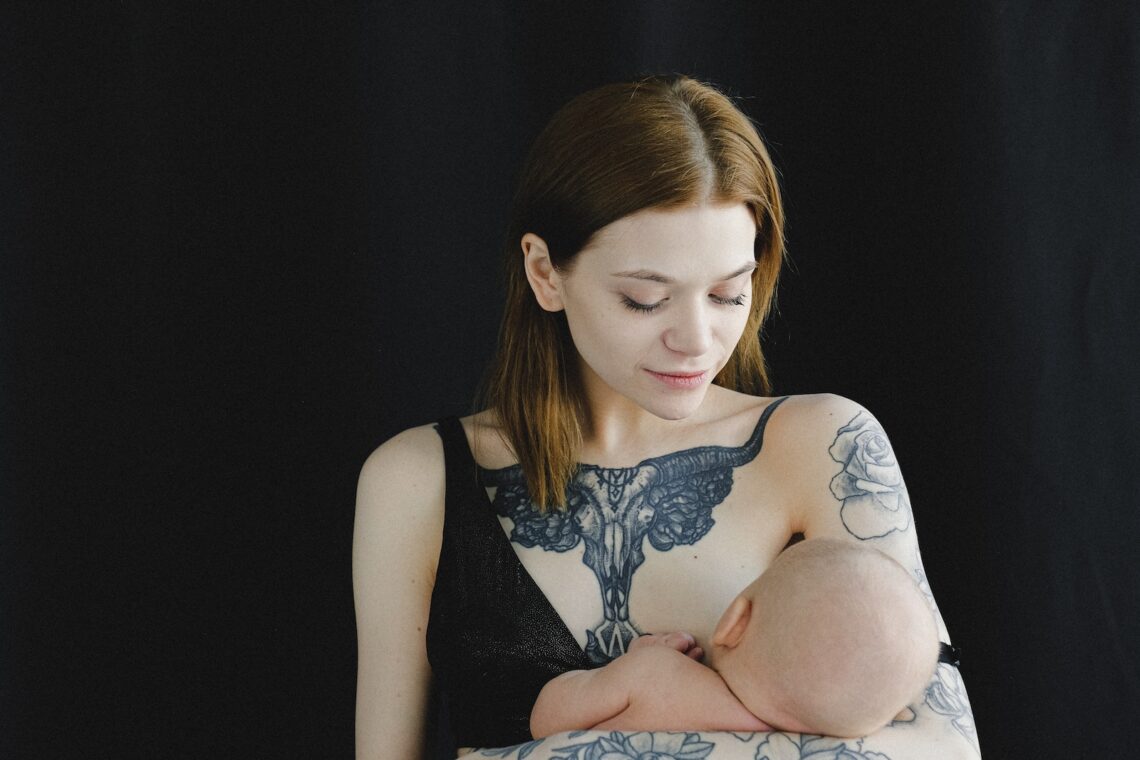Many women experience a prickly, pins-and-needles feeling in their breasts and nipples while breastfeeding. They usually feel this sensation only on one side of the body.
This tingling sensation can be caused by different factors. Depending on the cause, it may or may not be dangerous. In some cases, it may be relieved with a warm compress or shower.
Causes
Some women report tingling sensations in one or both of their breasts. This sensation may feel like pins and needles or have a burning sensation. The tingling could be caused by hormonal changes. It can also be caused by abrasion, infection, or injury to the chest wall or breast tissue. It can be a sign of nerve compression if the symptoms are severe or do not resolve in a few days.
Often, the tingling sensation is caused by the milk ejection reflex, or milk let-down. This is a normal part of breastfeeding. The hormones prolactin and oxytocin stimulate milk ducts to contract and release the milk (2). This tingling sensation may be accompanied by pain, soreness, and a nipple discharge.
It is also common for pregnant women to experience tingling in the nipple area. This is due to a combination of pregnancy hormones and the fact that the nipples are being stretched, per HealthLink BC.
In rare cases, tingling in the nipple or areola may be a sign of Paget’s disease of the breast, an uncommon form of cancer that affects the skin around the nipple and areola (3). This condition is typically accompanied by flaking or crusty skin in the nipple area. It can occur when the nerves that supply the skin to the nipple and areola become compressed.
Symptoms
In some cases, a tingling sensation in the breast could indicate an abnormal condition. One such symptom is called “numbness of the breast,” and it occurs when small nerve fibers in the chest wall or breast tissue are compressed, according to Mayo Clinic experts. A common cause of this compression is wearing a bra that doesn’t fit correctly.
Another symptom is nipple engorgement, which is when the nipples become full of mature milk, according to experts. This can also cause a tingling feeling in the breasts and nipple area.
Tingling in the breasts is a common symptom during pregnancy, as well as after birth. This is because hormones surge during pregnancy to prepare the body for breastfeeding. They also stimulate the milk ducts to work around the clock to produce breast milk for the baby.
In rare cases, a tingling sensation in your nipples or boobs can be a sign of Paget’s disease, which is an uncommon form of breast cancer that affects the skin in and around the nipple. It typically causes a rash that looks like eczema or dermatitis and can cause pain or a tingling feeling in the breast and nipple area. In this case, you should see a doctor right away for evaluation. They will likely recommend medication or a treatment plan designed to return your feeling to the nipples and areola.
Treatment
The tingling sensation that can occur during breastfeeding is usually due to the milk ejection reflex (also known as “milk letdown”). It occurs when hormones, such as prolactin and oxytocin, stimulate breast ducts to contract and expel milk into the nipple ducts. The feeling of tingling during breastfeeding is often described as a pins-and-needles sensation. It is very common and typically not a cause for concern, however it may be accompanied by sore nipples or breast pain.
Pregnancy hormones also increase blood flow to the breasts, which can produce a similar prickly or pins-and-needles feeling in some women. The sensation is most pronounced in the first trimester, as pregnancy hormones help prepare nipples and breast glands for breastfeeding and stimulate milk production.
When tingling is accompanied by soreness or tenderness, see a doctor for treatment. In some cases, tingling can be a symptom of a condition called Paget’s disease of the breast, an uncommon form of cancer that typically affects the skin of the nipple and areola 2. Paget’s disease is often mistaken for a rash or dermatitis, and it may also be accompanied by a nipple discharge of yellow or red color. In this case, a doctor will perform a physical exam and recommend a blood test or ultrasound to confirm the diagnosis and determine if treatment is necessary.
Prevention
Tingling in the breasts during breastfeeding is common, but it could also be a sign of a problem. It’s important to see a doctor if the tingling is persistent and does not go away after a few days. This tingling can be caused by milk ejection reflex or, as it is sometimes called, the “pins and needles” sensation that happens when a mother’s breasts are filled with milk. (1)
Tingling during breastfeeding may also be caused by the increased blood supply to the nipples due to pregnancy hormones. This is one of the earliest signs of pregnancy and can happen within a week or two after conception. (2)
It is possible to get relief from a tingling feeling by using a warm compress or taking a warm shower. The warmth helps relieve engorgement and encourages the flow of milk from the milk ducts. (1)
It is also helpful to try to stick to a regular feeding schedule. Many mothers find that their milk let-down reflexes start to align with feeding schedules, causing the tingling sensation less often. Regular tingling during lactation is not dangerous and can usually be managed right at home. However, if the tingling is more than just a normal sensation and begins to cause pain or a rash, it is important to visit a doctor.

